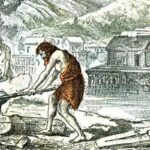We explain what the Iron Age was, what its society was like and other characteristics. Also, how it started and ended.
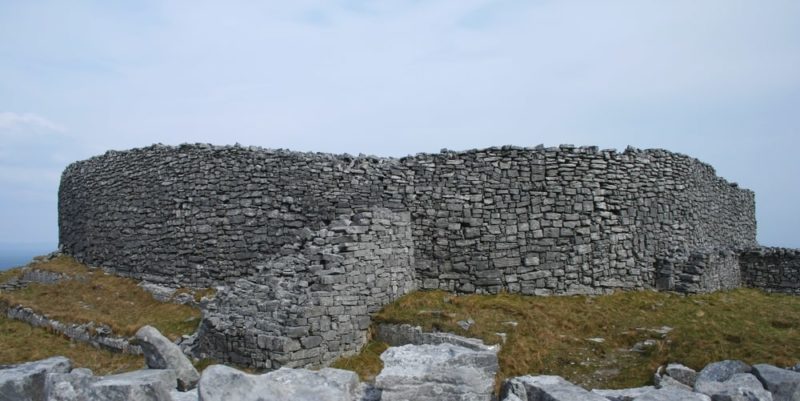
What was the Iron Age?
The Iron Age was the last of the periods of the Metal Age along with the Copper Age and the Bronze Age. As its name indicates, it was the stage in which humans discovered the way and the advantages of working iron, the use of which spread and became popular after 1200 BC. c.
With this more resistant metal, stone, copper and bronze were replaced in the manufacture of weapons and tools. This great technological change was not an isolated event but rather was accompanied by a set of profound cultural, social and economic changes that redefined antiquity.
As is often the case with other stages of prehistory and ancient history, the Iron Age it did not have a concrete and universal starting point and end equally applicable to all ancient cultures. In each region, the process depended on the availability of iron ores or the connection with the trade routes of the time that facilitated access to the metal.
In some regions it began earlier (the Middle East and southeastern Europe), in others later (the rest of Europe and China), and some cultures did not even know the Bronze Age as a precursor to the Iron Age, but rather passed directly from the use from stone tools to iron tool manufacturing (sub-Saharan Africa).
The end of the Iron Age was associated with different events in the Mediterranean (the beginning of the archaic and classical history of Ancient Greece in the 8th century BC and the subsequent Roman expansion), the Near East (the founding of the Empire Achaemenid Persian in 550 BC), the Indian subcontinent (the expansion of the Mauryan Empire and its adoption of Buddhism in the 3rd century BC) or China (the beginning of the imperial era in 221 BC) .
On the other hand, in central Europe the Iron Age lasted until almost the beginning of the Christian era and in the peoples of northern Europe until well into the Early Middle Ages, around 800 AD. C. In America and Australasia there was no Iron Age, as this metal was introduced by European colonization centuries later.
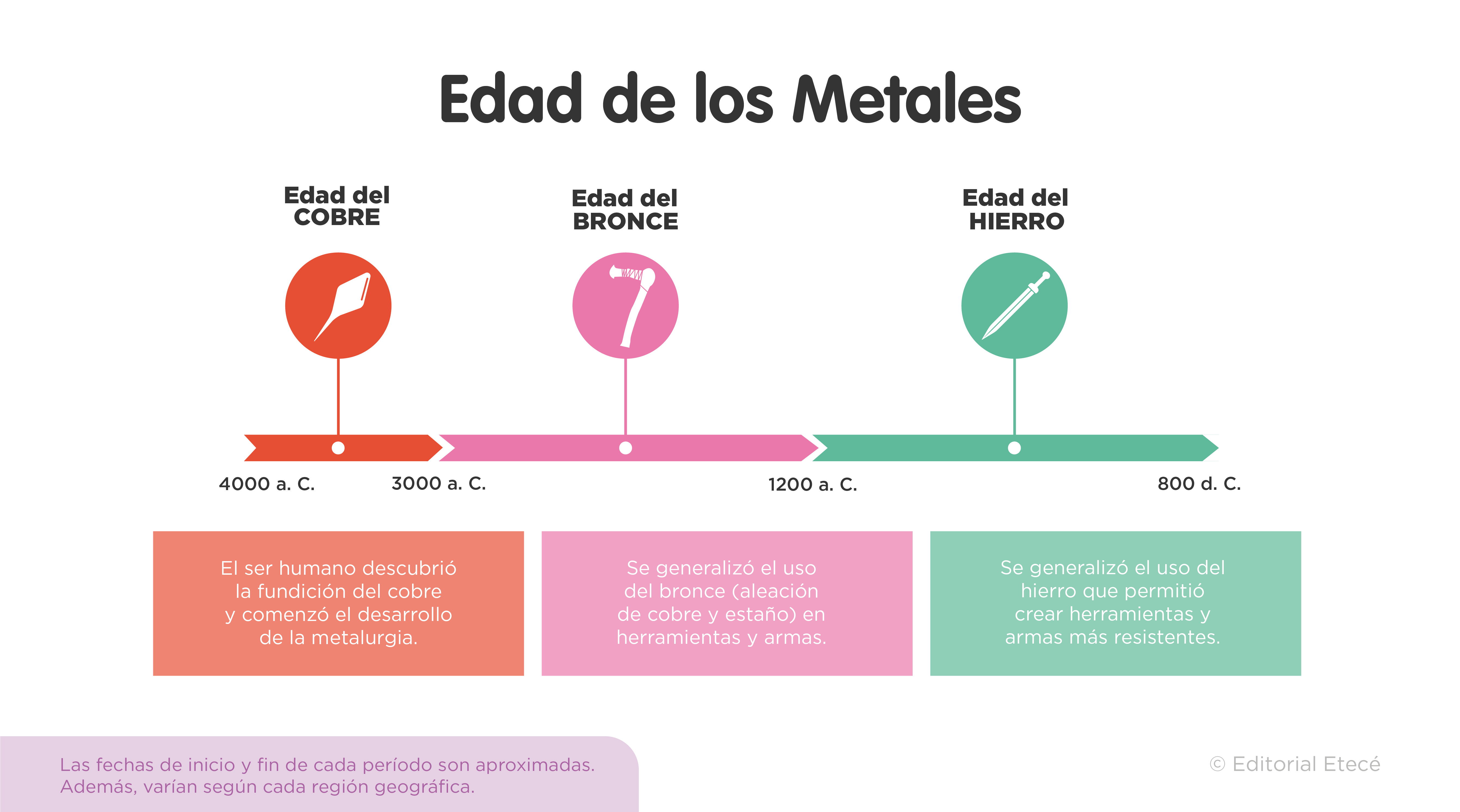
Key points
- The Iron Age was a period that began after the Bronze Age in the Near East and southeastern Europe around 1200 BC. c.
- It spread to other regions of Europe, Asia and Africa throughout the first millennium BC. C and concluded on different dates depending on the culture.
- It was characterized by the mastery of iron metallurgy to manufacture tools, weapons and utensils, which is why it replaced bronze.
- It was a time of migration and conflict that included technological and military changes, such as iron weapons and the spread of fortifications.
Beginning of the Iron Age
The Iron Age began around 1200 BC. c It emerged more or less simultaneously in different places: the Near East, India (during the Vedic period), and southeastern Europe (during the Greek Dark Ages).
In other regions of Europe, the Iron Age began later and it became widespread only in the 7th century BC. There are theories that suggest that the introduction of iron metallurgy to Europe occurred from Anatolia through the Caucasus or the Balkans, while others suggest that it spread across the Mediterranean due to Phoenician and then Greek colonizations.
For its part, in sub-Saharan Africa the Nok culture, native to Nigeria, passed directly from the Neolithic to the use of iron in the 6th century BC. C., and in other areas of Africa, signs of iron work also appeared from that time onwards. In China, the first use of iron was documented around 600 BC. c.
There is evidence that ancient societies were slow to understand that iron was a more desirable metal than bronze. Iron was already used in modest quantities in previous times, but obtaining and working with this metal required more complex metallurgical techniques for alloying, casting and forging, which required greater technological skills. Once discovered, these ways of working it spread and iron became the predominant metal, since iron ore was more abundant than tin (used to obtain bronze) and iron weapons and tools were more resistant than iron. bronze
Characteristics of the Iron Age
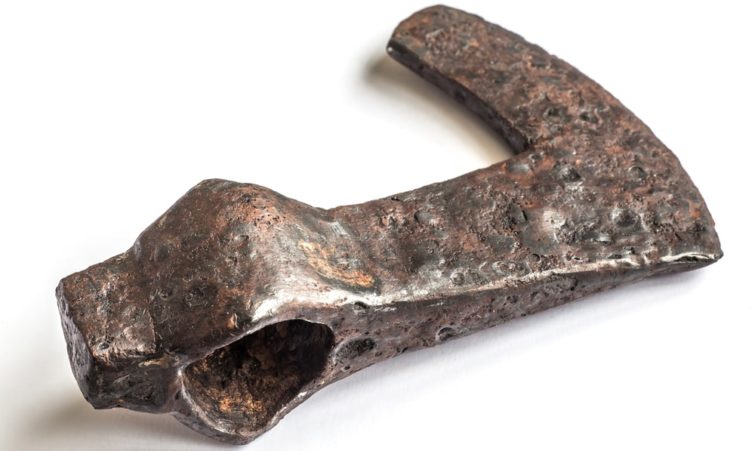
The characteristic feature of the Iron Age was the discovery of the technique to obtain and work iron. This metal became popular as the best material for making tools, weapons, armor and utensils, which is why it gradually displaced bronze.
The Iron Age brought with it important cultural and social changes, such as:
- The massification and large-scale production of weapons due to the massive exploitation of iron, which reinforced the power of large armies and, at the same time, allowed the emergence of armed insurgencies that forever changed the face of Europe and other parts of the world.
- The invasion of much of Europe by the Celtic peoples warrior groups equipped with iron weapons, which even reached the Iberian Peninsula, where some integrated with Iberian populations and gave rise to the Celtiberian people, which influenced later Spanish culture.
- The generalization of the need to fortify which led to the construction of towns and fortified enclosures (such as the forts of the Iberian Peninsula) that preceded the fortresses and castles of the Middle Ages by several centuries. This was because it was a time of conflict and violence due to the migrations and invasions of various populations and the crisis of ancient empires and civilizations.
- The obtaining of military power by peoples such as the Bantu of sub-Saharan Africa, who due to iron technology were able to expand and dominate large areas of land in southern Africa and experience significant economic development.
- The manufacture of tools with greater durability and complexity than those made with bronze, thanks to the properties of iron, which favored greater development in agricultural and craft techniques.
- The emergence of important religious and cultural changes the result of the conquest of some peoples by others, the interaction between cultures and the new technologies born from iron metallurgy, although there were also aspects of continuity or similarities with the societies of the Bronze Age.
End of the Iron Age
Frequently, The appearance of writing in Europe is considered the event that marked the end of the Iron Age on that continent, which would have begun history and left behind the prehistory of the European peoples. Although the Linear B writing of the Mycenaean civilization was earlier, the creation of the Greek alphabet in the 8th century BC was taken as a reference point. C and the subsequent development of the Latin alphabet, which spread with the Roman conquest.
However, in many other regions There were peoples who had already developed writing systems long before such as the Middle East and China, so the boundaries are uncertain and the criteria vary for each region. It is common to use the approximate date of the years 800-700 BC. C. to mark the end of the Iron Age in part of Mediterranean Europe and 550 BC. C. for the Middle East. In other regions, the end is marked much later.
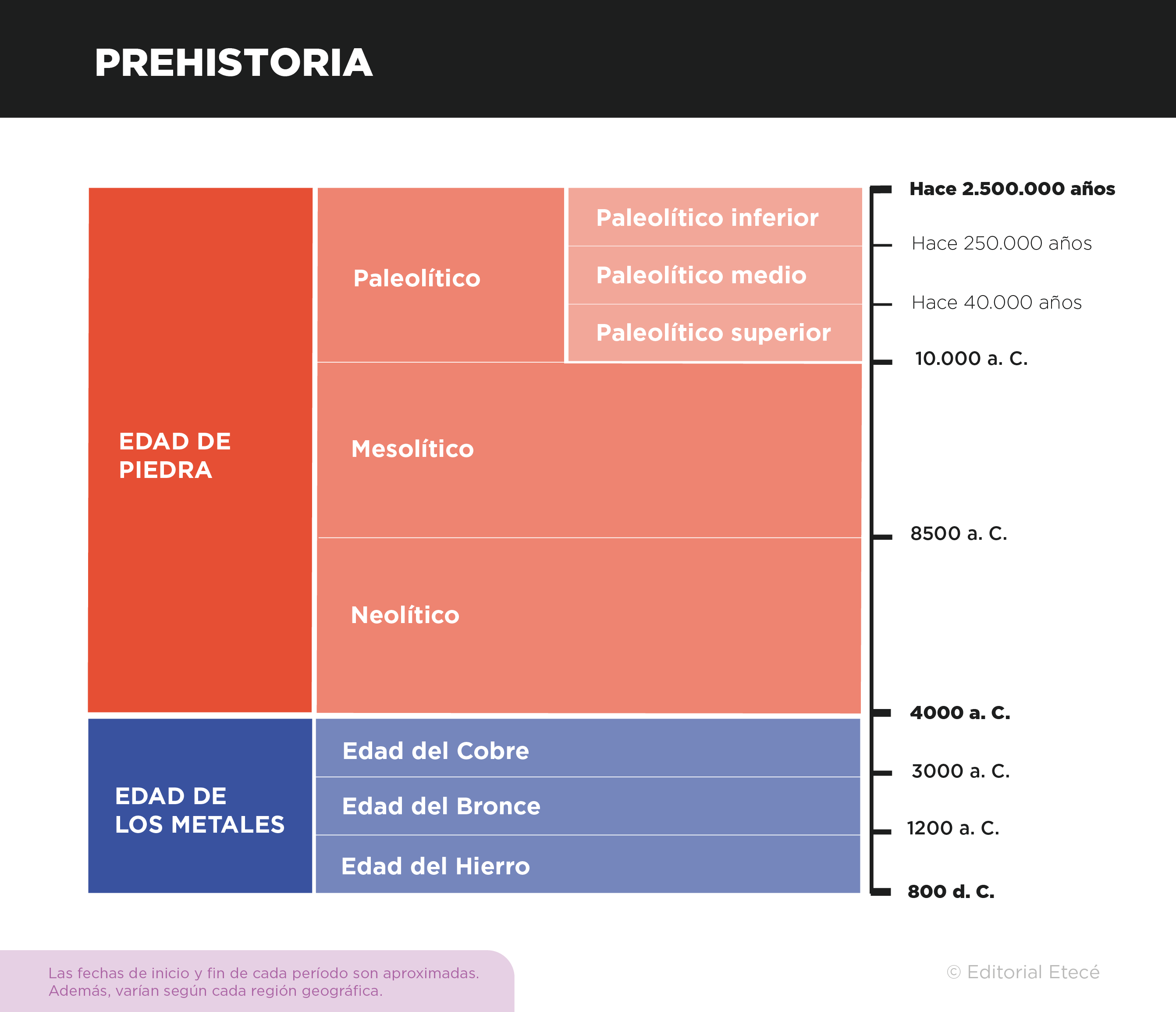
References
- Barzun, J. et al. (2023). The Metal Ages (history of Europe). Encyclopedia Britannica. https://www.britannica.com/
- Britannica, Encyclopaedia (2023). Iron Age. Encyclopedia Britannica. https://www.britannica.com/
- Eiroa, J.J. (1996). Prehistory II. The Age of Metals. Akal.


